for all it’s influence in defining the aesthetic of the cyberpunk genre, the surprise in reading The Sprawl trilogy recently was that Gibson’s world building isn’t all-encompassing but actually an expansion of a small, local experience into something that is perceived as a new whole. the goth and punk and hacker subcultures in his proximity are scaled up into the totality of the world he writes, small details become epic.
with everything in the world being so current and specific to Gibson’s lived life, the most new anything feels in Mona Lisa Overdrive (1988) is the following passage describing a documentary:
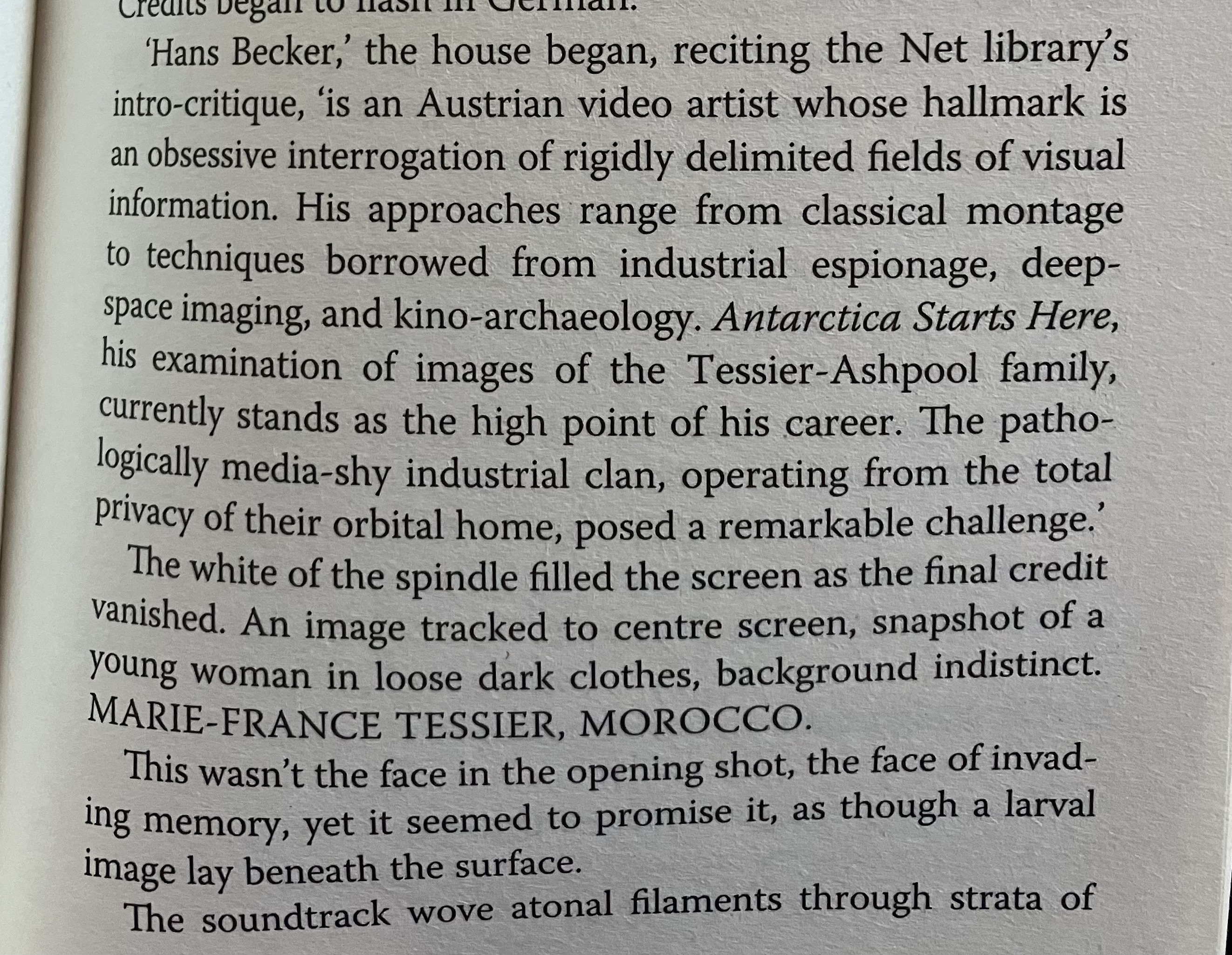
this filmic form, collecting, collaging, and interrogating images, echoes the boxes that appear throughout Count Zero (1986):

composed by a godlike being sequestered in a collapsing space station, theses art objects drive the plot of the book, but the specifics are never quite resolved. they are multitelic works leftover for others to navigate.
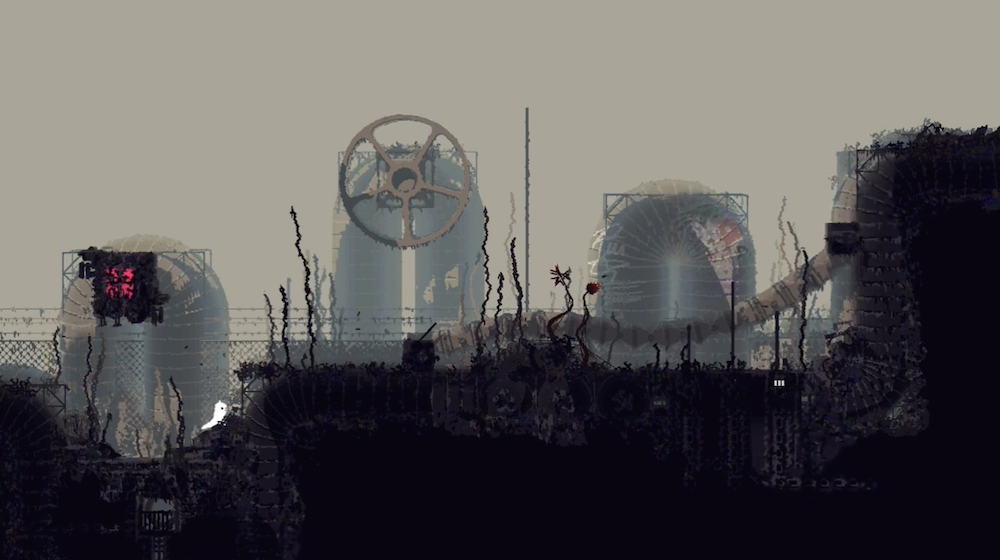
in rain world (2017) you are navigating the remnants of a collapsed ecosystem. with very limited direction, you are left to find your way - and your place - in the world.
systems are running in the background, independent of your input.
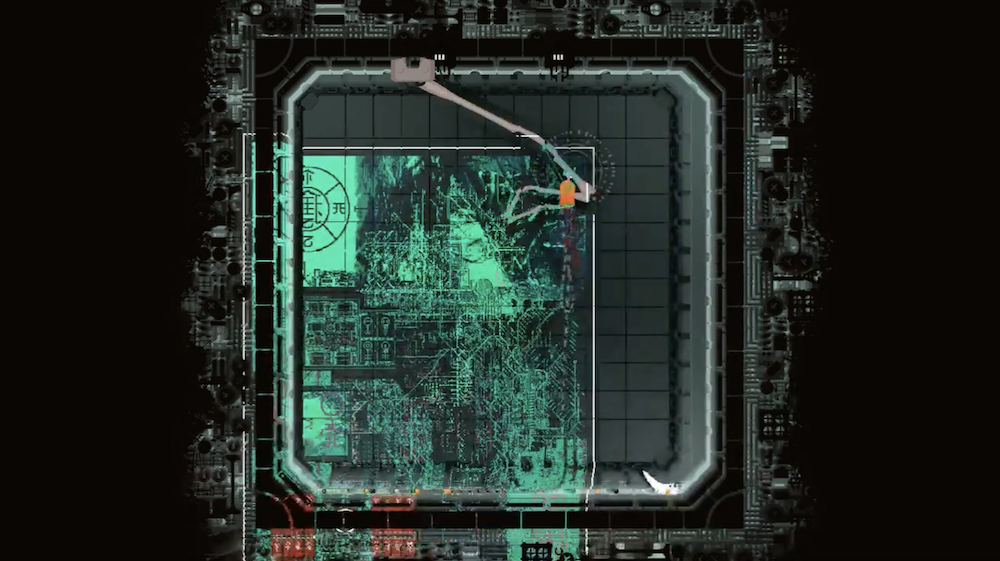
around the middle of a linear play through, you may encounter Five Pebbles, the broken down god of the area. 5P gives you the ability to communicate.
Josh Trevett’s ‘semi-speedrun’ is a great entry point into what can be a quite hostile game and extrapolates on a lot of what makes the game such an incredible work in the form.
at the aforementioned encounter with 5P (01:55:3), they take issue with one of the rare pieces dialogue in the game.
You’re stuck in a cycle, a repeating pattern. You want a way out. - 5 Pebbles
Trevett feels this does not represent what the player character has been searching for, and they are right. this is not what was set up, it’s likely not what the player is after either, so we don’t need to read this text as true.
this dialogue is coming from what we have gleaned as a broken system. so there is limited value in continuing to work in it or replicate what it’s expecting.
at multiple points in his career, Jean Luc Godard released pre-production materials for a feature film as it’s own finished object.
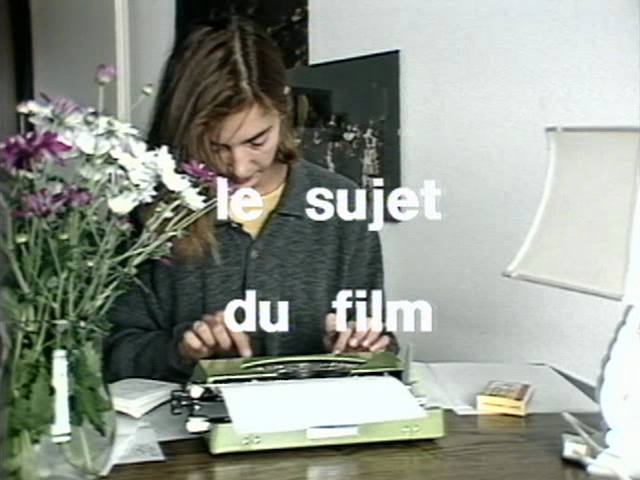
these shorter works often look akin to his more essayistic work - jlg sat at an editing table, smoking, backlit by screens as he talks about ideas, but these films stand apart as being nominally minor in comparison to the work that would get made.
while
histoire(s) du cinema is a comprehensive set of theories, the notes and scenarios are open ended - even once the feature film has been produced.
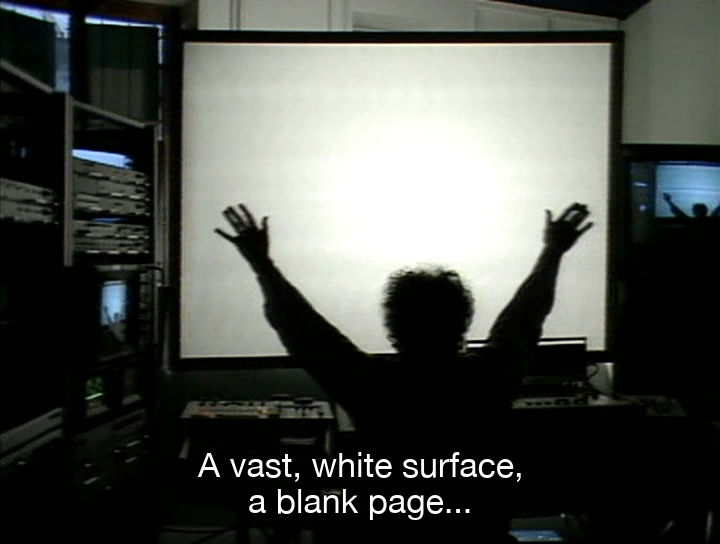
this year, jlg’s ostensibly final films were released. the second and third posthumous films, following on from 2023’s
Film annonce du film qui n’existera jamais : « Drôles de guerres », all three are variations on this style of filmmaking.
last year’s film splits the difference between modes of working, in form it feels closer to his essayistic work, but the scanned images have a feeling of a notebook.
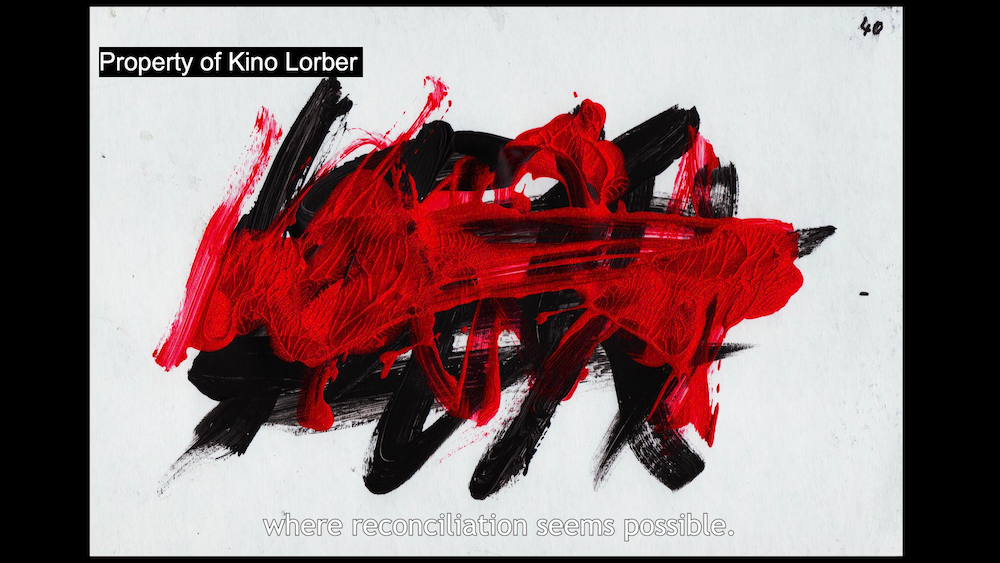
the 2024 works are being presented as a diptych - and in my case alongside an exhibition of production notebooks.
a final film from jlg, ending on self recorded images of himself comes across as a major final statement, but in projection this is followed by another film, an earlier shot. jlg dictating and presenting his ideas for the film we have just seen, but not quite what was just screened, something else and open and forever unfinished.
back